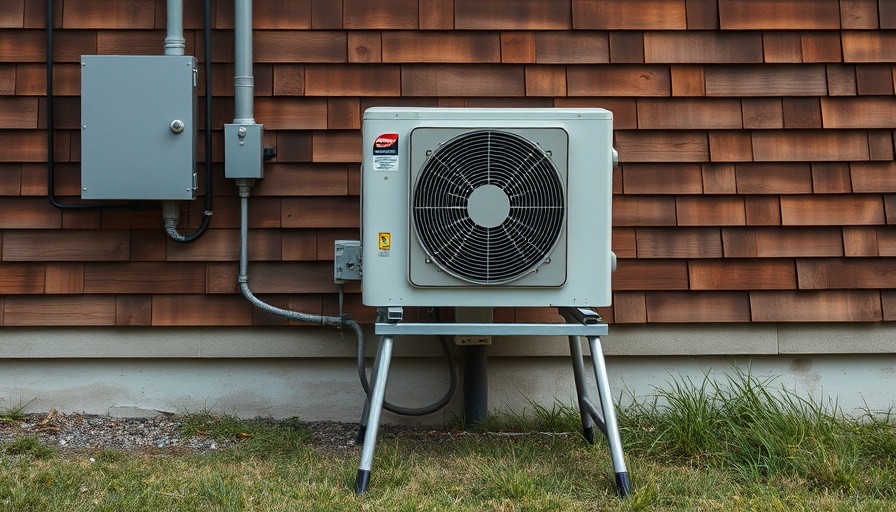
Understanding Gable and Ridge Vents for Optimal Home Ventilation
When it comes to maintaining a comfortable and energy-efficient home, proper ventilation plays a crucial role. A key area of focus is the roof, where various ventilation solutions can help mitigate moisture levels, regulate temperature, and ultimately protect the home’s structure. Gable vents and ridge vents are two popular options, each with their own unique advantages and challenges.
What Are Gable Vents?
Gable vents are installed on the gable ends of a roof, allowing hot air to escape while drawing in cooler air. Their placement near the peak of the building aids in facilitating airflow across the attic. Given their traditional design, gable vents often enhance a home’s aesthetic appeal, especially in colonial or Victorian-style properties.
The Pros and Cons of Gable Vents
While gable vents offer effective ventilation at a lower cost, they also come with some drawbacks. For example, their performance can be limited in high winds or heavy rain, posing a risk of moisture infiltration. Additionally, gable vents require regular maintenance to prevent blockage by debris or pests, which can compromise their efficiency.
Exploring Ridge Vents
Ridge vents, on the other hand, are typically installed along the peak of a roof. They function by creating a continuous ventilation system that draws out hot air while allowing cooler air to circulate back into the attic through soffit vents. Their low-profile design often enhances the overall aesthetics of a home.
Advantages and Disadvantages of Ridge Vents
Ridge vents are celebrated for their efficiency and low maintenance needs. However, the installation can be costly, typically ranging between $300 and $650, making them a more expensive choice compared to gable vents. Additionally, ridge vents may not be suitable for homes with complex roof designs, where airflow can be hindered.
Gable vs. Ridge: Making a Choice
When comparing gable vents to ridge vents, the decision should factor in various elements such as budget, roof design, local weather conditions, and personal preference. While both systems can effectively ventilate an attic, ridge vents generally provide a more uniform airflow.
Combining Gable and Ridge Vents: A Cautionary Tale
Homeowners might wonder whether they can enjoy the benefits of both gable and ridge vents. However, experts warn against this combination. Operating both types of vents simultaneously can create conflicting airflow patterns, leading to increased energy costs and potential comfort issues within the home.
Conclusion
In summary, choosing the right roof ventilation depends on a property’s unique needs and conditions. Understanding the pros and cons of gable vents versus ridge vents is crucial. Existing homes may lean towards gable vents for cost-efficiency, while new constructions may benefit from the advanced performance of ridge vents.
Before making any installation decisions, consider conducting an energy audit or consulting a local expert to evaluate your home’s ventilation needs and avoid costly mistakes.
 Add Row
Add Row  Add
Add 






Write A Comment